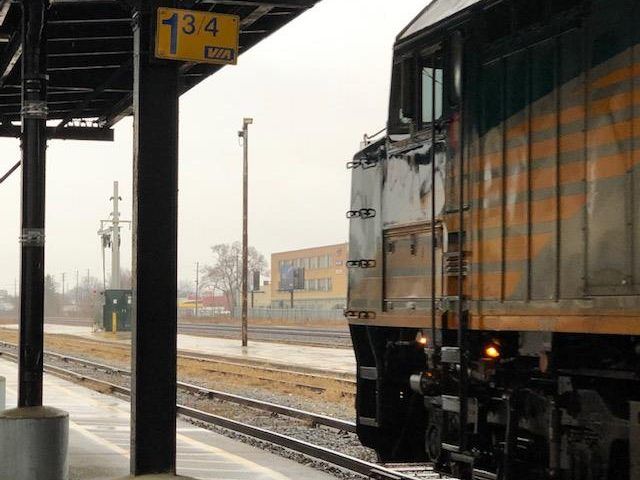robmausser
Senior Member
Any VIA improvements in Southern Ontario must include London. London is the 4th busiest VIA station on the network and the VIA corridors and 401/402/403 all merge there. Anyone going to Detroit or Chicago must also pass thru London.
HSR never made any sense and never had a chance of being built but then neither does the Mon/Ott/Tor route. That doesn't mean however that SWO doesn't need much faster and more frequent VIA service. The most cost effective way to improve service and speed is to build the Brantford By-pass, bribe CN/CP to get off the corridor, build VIA passing stretches, and run Union-London express trains.
I remember in the 1980s when I lived in Toronto and getting to London was an easy and fast affair. The trains were frequent but most importantly there were Union-London express trains. No stops in between just a fast and pleasant trip and then the trains would continue to Windsor only making one stop in Chatham. Greatly improving VIA service to SWO does not have to be a hyper expensive endeavour but saying so does make for a good political excuse for VIA, Ottawa, and QP to write-off the proposal as being too expensive.
Well I agree with your statement about London being a hub that needs better service, I vehemently disagree about your methodology.
The best plan in my opinion is to purchase the GEXR track from CN, upgrade the track to 177kmh service and add sidings, and have an equivalent of the VIA HFR along the GEXR corridor from London, Kitchener, Brampton, Pearson, Union.
Not only would trying to get CN/CP off of their mainlines be a complete non-starter, bypassing Kitchener, Brampton and Pearson would be asinine, even for express service.






